
This diverse 14 day Japan itinerary takes you across the main island on Honshu, from the energy of Tokyo to the natural beauty and culture of Miyajima Island. It celebrates cherry blossoms, known in Japan as sakura and shares our top tips and best spots to visit.
Cherry blossoms aren’t only enjoyed for their beauty and scent, they are special because they are so fleeting. Lasting in any one city no more than a couple of weeks they are a sign of the changing season, the end of the long winter and the coming of warmer weather, what better reason to celebrate. Everyone gets outside to enjoy them, whether admiring them along the edge of the canal, venturing into the hillside or planning a picnic under the blossoms in a city park with friends and family. During those few days the blossoms seem to be everywhere and so very beautiful in their delicate shades of pink and white.
What is sakura?
You’ll hear and see the word ‘sakura’ a lot on a spring visit. It’s the word for cherry blossom in Japan but it’s a word full of emotion and means far more than just pink and white petals.
Timing your cherry blossom visit in Japan
Cherry blossom season is short and difficult to predict with complete accuracy. Across Japan it occurs from late January in the subtropical islands of Okinawa through to May in the northern reaches of Hokkaido. So if you plan to travel around the country you need to pick destinations with a similar elevation and latitude if you want a chance to follow the flow of cherry blossoms as their buds burst.
The blossoms usually last 1-2 weeks from first bloom to petal fall although even if you miss the major flush there are groves of early or late flowering trees and microclimates within the various cities so you’re unlikely to miss out completely. We time our visits for the first 2 weeks of April, sometimes starting in the last couple of days of March. While there are no guarantees in nature and the timing of blossom does vary based on weather conditions, we have been fortunate on each visit to see all stages from the early buds opening, through the peak to clouds of petals falling.
A great resource for working out the timing of your visit is the annual blossom forecast that’s published each year. You’ll also find plenty of information on the cherry blossom season on the Japan National Tourism Organization website.
Cherry Blossom Forecast 2020
The true forecast based on temperatures throughout the winter season and leading into spring will adjust the forecast but they are only accurate a month or two in advance of blossom burst and that is too late for most people to book their sakura trip in Japan.
While timing does vary from year to year, the average cherry blossom date provides a good indication, it’s what we’ve used in planning our trips and each time we have hit peak bloom at some destinations during our trip.
When is peak cherry blossom in Japan
| Location | Average first bloom | Average peak bloom |
| Tokyo | March 28 | April 5 |
| Kyoto | March 31 | April 7 |
| Osaka | March 30 | April 6 |
| Hiroshima | March 29 | April 5 |
| Aomori | April 24 | April 30 |
| Kanazawa | April 6 | April 11 |
| Nara | April 1 | April 6 |
| Okinawa | January 19 | February 4 |
For planning in the last few weeks before we travel we check the actual forecast, by then enough is known of the winter temperatures and weather forecast pattern to predict whether the bloom is likely to be early, average or late. We use the Kyuhoshi site to see this and they update it as the sakura blossom opens across the country.
A Japan itinerary for cherry blossom
We suggest a 14-day itinerary simply because of the number of wonderful places to view the blossom. Of course, a shorter itinerary of 7 -10 days would also be possible if you reduce the number of cities visited. We’ve been tempted back more than once to see them in new places and return to old favourites.
This Japan itinerary is based on a route heading west across the main island of Honshu using the efficient Japanese train system. We start in Tokyo and end in Hiroshima but this can easily be adjusted to suit a return trip back to Tokyo. Another alternative is to base out of 2 or 3 cities taking in each of the other destinations as day trips. There will be a little more time on trains this way but it eliminates the need to move frequently with luggage and check-in and out of accommodation. If taking this option I’d suggest Tokyo, Kyoto and Hiroshima as the base cities.
The map below shows the 10 destinations we suggest and how you might incorporate them.
1. Tokyo (2 days)
We start in Tokyo, I know it seems counter-intuitive as it’s one of the furthest north but other factors mean that in most years the buds will burst here first. Even though this is one of the worlds most busy and populated cities there are plenty of green spaces to enjoy the blossoms.
Right in the centre of Tokyo is the Imperial Palace, once the site of Edo Castle. This is a fabulous place to enjoy the blossom especially in the East gardens or on the moats edge. Another experience is to see Tokyo from the river taking a cruise from Tokyo Bay up to Asakusa with the cherry blossom lined river frontage along the way.
Hanami is a term for picnics under the cherry trees with friends and family. In Tokyo some great spots for hanami are Yoyogi Park shown above, Shinjuku garden, Ueno Park and along the Chidori-ga-fuchi moat at the Imperial Palace.
2. Kamakura and Enoshima (1 day)
These two seaside towns in Kanagawa prefecture are an easy day trip from Tokyo. While we enjoy our visits to Enoshima Island and you will see trees in bloom it’s not as much of a cherry blossom destination but can be easily combined into the day trip if you prefer a faster pace. Kamakura was a historical capital of Japan and its importance is clear as you walk through town towards Tsurugaoka Hachimangu Shrine. The approach road leads all the way from the ocean to the shrine gates and for the section pictured below, the Dakazura between the 2nd and 3rd torii gate, you can walk beneath the cherry trees on a section of the historic road.
Kamakura is also home to the Great Buddha, the second tallest in Japan and Hasedera one of my favourite Buddhist temples with interesting caves well worth some time to explore. Both are impressive during sakura. There are a number of important zen temples in Kamakura that also featuring extensive blossoms. Another option for taking in a number of key sites along the way is the Daibutsu hiking trail between Jochiji Temple in northern Kamakura and the Great Buddha to the west of the city.
3. Kanazawa (1 & 1/2 day)
It’s a 3 hour trip on the bullet train from Tokyo to Kanazawa. The best cherry blossom spots here include Kanazawa castle and Kenrokuen, one of the top 3 gardens in Japan. We hit it lucky on our timing and not only had the cherry blossoms in bloom but many of the plum trees too, this is quite unusual as ume normal blossom in late winter, a month or more before the cherry.
For a short time during spring the city has a special night time opening and light up in the garden, well worth heading to if you are visiting. There are also a couple of geisha districts in Kanazawa that are still operating, they aren’t as large or active as the ones in Kyoto but I do recommend a visit if you have an interest in that part of the culture as there are tea houses open to the public and also as a museum.
Read More: Things to do in Kanazawa
4. Nagahama (1/2 day)
The bullet train track doesn’t run through to Kyoto from Kanazawa but the limited express train is very comfortable. On this section of the trip consider stopping off at Nagahama. There are lockers in the station to store your luggage while you take a look around.
The main area for cherry blossom is over in the park around Nagahama castle on the shore of Lake Biwa. This is a popular hanami spot but you’ll find plenty of cherry trees throughout the town around the canals, temples and shrines.
Another reason to visit during April is the Nagahama Hikiyama matsuri, in the photo above you can see the float being pulled through the narrow streets lined with cherry trees. This welcoming local community festival has been one of the highlights of our Japan travels.
5. Kyoto (3 days)
You’ll want to allocate several days to see Kyoto, in honesty I could spend all 14 here seeing something different each day but that would defeat the purpose of the itinerary. If you love Kyoto or are looking for even more ideas check out our Kyoto archive of articles.
The ultimate sakura destination is Kyoto simply because there is so much to see and do at this time of year. Kyoto has literally 1000’s of shrines and temples, and most of them heavily feature cherry blossom. Many have evening light ups during the season, special openings of some that generally aren’t accessible to the public and even festivals and events such as the Daigo-ji hanami parade. Both the imperial palace and Nijo Castle are also worth a visit.
Cherry blossoms are central to the world of the geisha and Kyoto is home to most of Japans remaining practising geisha communities. There are 5 geisha districts in Kyoto and several including Gion, the most famous of them all, perform their spring dance at this time of year.
Arashiyama, a suburb of Kyoto is also a top choice to visit during cherry blossom season. Not only for the temples, gardens and parks but the hillside is covered in wild cherry trees in bloom. You can take a trip up the river on a traditional style river boat with a backdrop of sakura or take in the view from the Sagano scenic railway. After a day walking around soak your weary feet in the foot onsen at the station before heading back into the city.
Read more: Things to do in Arashiyama
6. Nara (1 day)
The city of Nara is special for many reasons. It’s an historical capital of Japan with over a 1000 years of culture and heritage, there are wild deer calmly wandering the town and the locals here are so welcoming and friendly.
To enjoy the cherry blossom in Nara I’d suggest exploring on foot, it’s flat and there’s a lot to see in a compact area not far from the train station. Make your way towards Nara Park checking out Kofuku-ji temple with its 5-story pagoda along the way. You’ll pass Ora pond as you enter the park where many of the deer rest under the trees during the day. Kasuga Shrine with its 1300 years of history is a must visit as is Todai-ji, home to the worlds largest bronze Vairocana Buddha.
7. Osaka (2 day)
The city of Osaka is vibrant and a great place for the visiting foodie. You can read about the many options of things to do, plus where to eat, stay and play in our Osaka guide.
If you’re looking for cherry blossoms the place to start is Osaka Castle and its gardens. You’ll find blossom trees around the various city parks but some of the best places are in the suburbs, Daisen Park in Sakai or the beautiful and peaceful walk to Minoo Falls, this is why we’ve included a second day in Osaka. Alternative take the opportunity to add an extra city and take a day trip to Kobe. (These are our must do activities in Kobe).
8. Himeji (1/2 day)
Himeji and the next stop, Okayama, can both be done as stops along the way on the Sanyo shinkansen line between Osaka and Hiroshima. Either use a locker at the station for your luggage while you explore or use a luggage forwarding service to send it on ahead.
We’ve previously discussed other things to do in Himeji but the main attraction is the castle. Himeji-jo is one of the few remaining original castles left in Japan and arguably the most impressive of the top 3, especially at this time of year. It’s an easy walk from the station straight down the road to the castle and extensive garden, well worth the stop when you are literally passing anyway.
9. Okayama (1/2 day)
Continuing on the bullet train the second stop of the day on the way to Hiroshima is Okayama. From the station walk or take the tram down the road to Okayama castle and Korakuen one of the top three gardens in the whole of Japan. It’s a lovely area to explore both the city and things to do a little further out but for cherry blossoms, these are the top spots and can be fitted into the day along with Himeji.
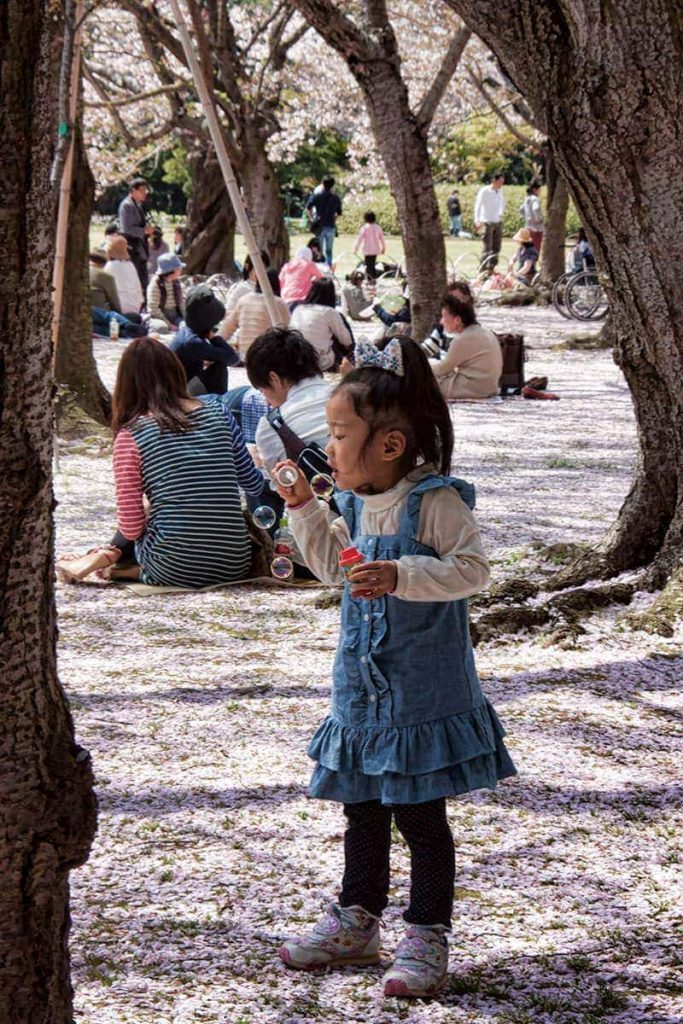
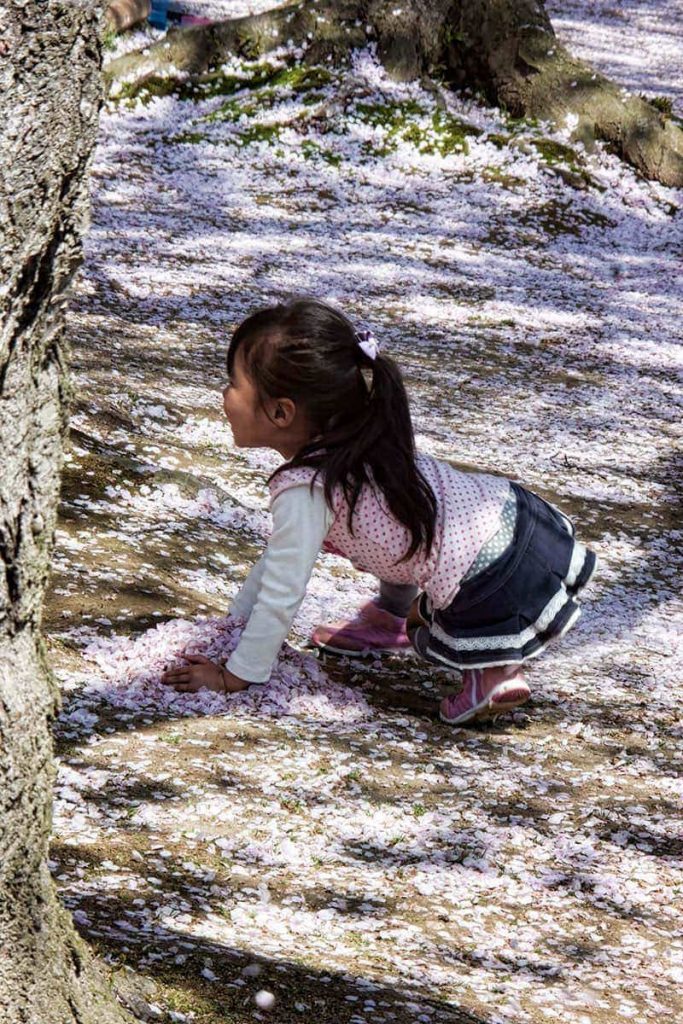
On our spring visit we hit what is known as hanafubuki which is a great word to describe what is my favourite part of cherry blossom even though it does mean it will soon be over. Hana means flower and fubuki means snow fall and when the fragrant petals are falling all around you and swirling in the breeze it really is like the best kind of blizzard.
The blossom grove here is open for hanami (blossom picnics) that are wonderfully family-focused, there are no vendor carts and it appeared to be alcohol free making it a very serene and fun environment. You could easily pick up some delicious sushi, drinks and bakery treats on the way down the road from the station.
10. Hiroshima (2 days)
Exploring Hiroshima is best done on foot, try our self-guided city walking tour to see the top city sights and best cherry blossom spots including Shukkeien garden, Hiroshima Castle and the Peace Park.
On the second day in Hiroshima, we’d recommend spending it on Miyajima Island. The train and ferry across are covered by the JR Pass if you have one and the view of the shrine as you come into port with the hills behind covered in cherry blossom are spectacular.
There’s plenty to keep you busy here and a hike to the top of Mt Misen for the views is highly recommended, there’s a cable-way that takes you to a midway station if you’re short on time or energy.
Other top tips for seeing cherry blossoms in Japan
Transport
For an itinerary like this you will most likely benefit from the Japan Rail Pass, a discount pass that covers JR trains, some ferries and the super fast shinkansen bullet trains. We have a JR Pass article that answers all the questions we’ve been asked over the years including how to use the pass and whether or not it will be good value for your specific trip.
Another hack we’ve discovered recently is multi-city flights, where you fly into one city (perhaps Tokyo) and out of another (in this case Osaka). Often these flights cost you no more and can even be purchased as sale fares, they can be great time and cost savers removing the need to travel back across the country when doing self-guided touring like this.
Seasonal foods
Well it wouldn’t be our guide if we didn’t revert to talking about food at least once. Cherry blossom is a special time both for traditional foods and modern favourites. Watch out for the word sakura on menus and packaging around the place.
Wagashi are a type of traditional Japanese sweet and the spring ones are the best of the whole year IMHO, not only are the Instagram perfect but they taste delicious. The local sakura tea of whole flowers preserved in salt was not really my taste, probably the only tea I’ve ever said that about but give it a try at least once. Starbucks has sweeter, creamier and more pink version available which seems a popular option with the younger Japanese women.
Plan a hanami party under the sakura trees
If you know someone in Japan and have the opportunity to join a hanami party, do it! If not why not plan your own. You can pick up the ubiquitous blue tarpaulins from dollar stores such as Daiso and takeaway sushi and other picnic snacks from corner stores such as 7-eleven. Bigger city parks are lit up through the evening and have clearly designated spots to set up your picnic spot, make sure you follow what others are doing and be mindful that some Japanese parks don’t allow you to walk or sit on the grass.
Breathe in the cherry blossom fragrance
While cherry blossom doesn’t have the same heady aroma of plum blossoms (called ume) they do have their own fragrance. Take time as they say, to stop and smell the flowers. The light fragrance in the air gets stronger as the petals start to fall and build up on the ground.
Allow enough time to spend in the various parks, gardens and other attractions as you travel around so you don’t end your trip exhausted and barely able to remember where you’ve been.
What to bring
Cherry blossom viewing is all about the great outdoors and you’re going to be on your feet and walking a lot, much more than you are likely used to. Make sure you pack comfortable shoes and a waterproof jacket, the spring weather is charmingly unpredictable but of course the blossom after a light shower can be even more stunning. You’ll find more tips in this article on what to pack for your Japan adventures.
While we’ve have focused this 2 week Japan itinerary around the sakura blossoms each of the cities are faves of ours and have a place on any travel plan. Although I’m a lover of the cherry blossoms we’ve enjoyed exploring Japan in all seasons and the itinerary absolutely works at other times of year too.
Interested? Save these images to Pinterest.
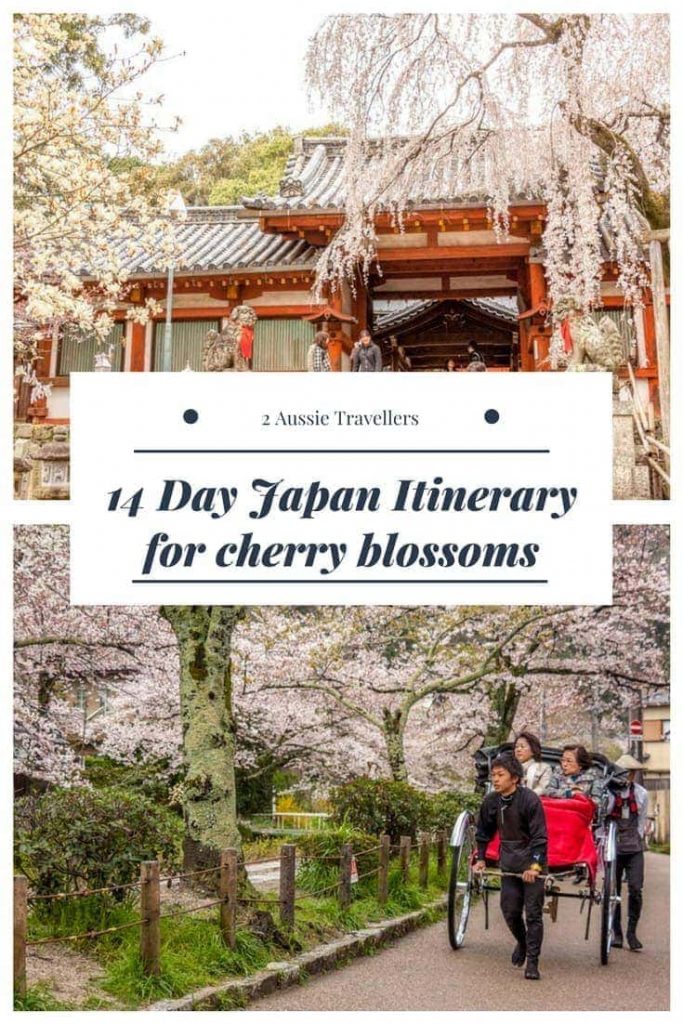
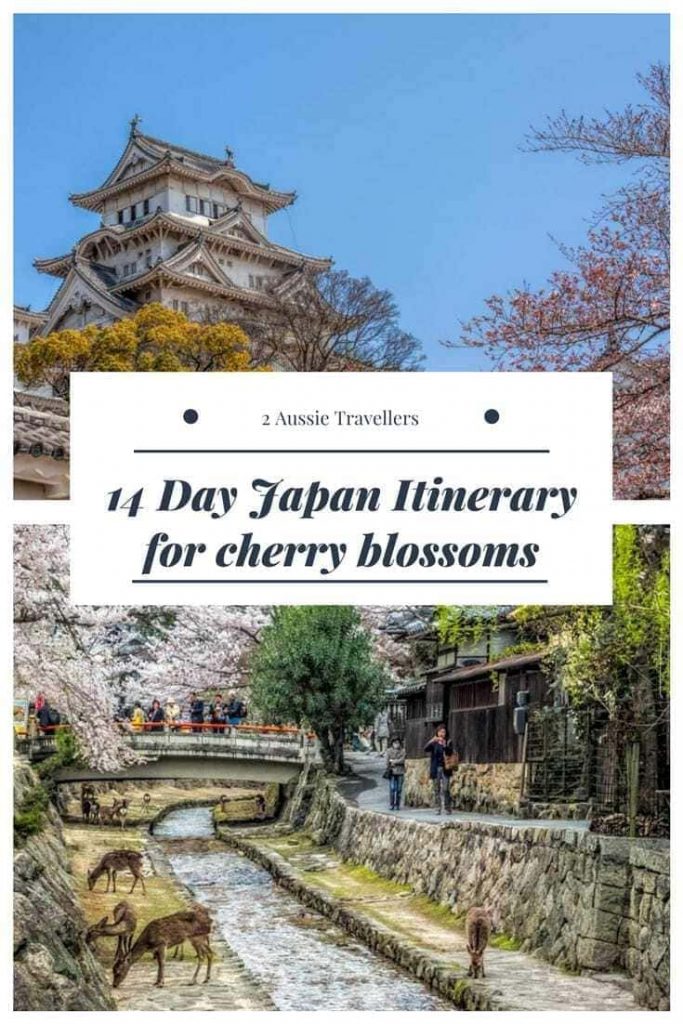
We’ve spent time in each of these destinations and enjoy them all. If you have any questions as you go about planning your cherry blossom trip to Japan or anything to add for others, please leave a message in the comments below.
The post An itinerary for cherry blossoms in Japan appeared first on 2 Aussie Travellers.
from 2 Aussie Travellers
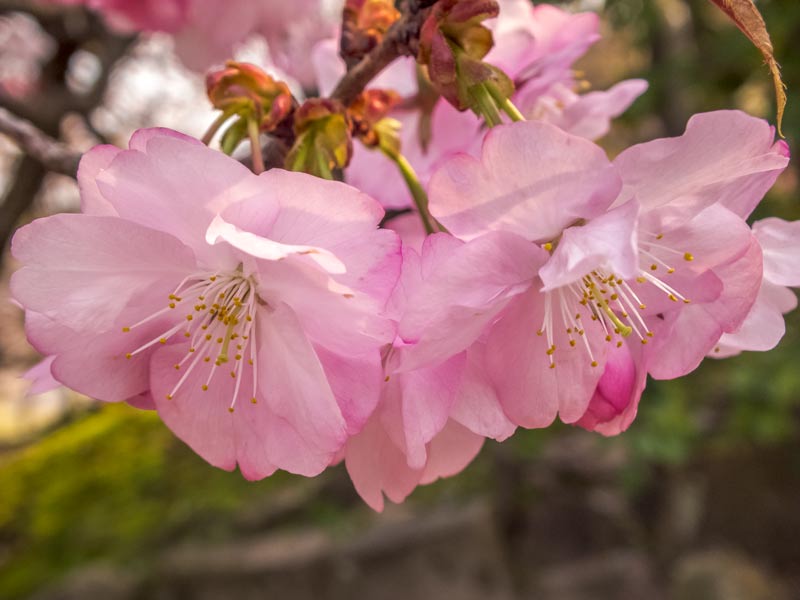

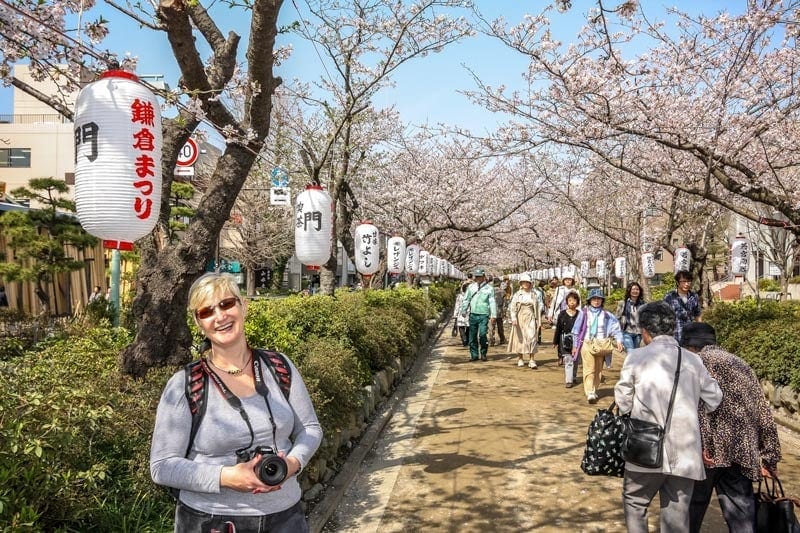

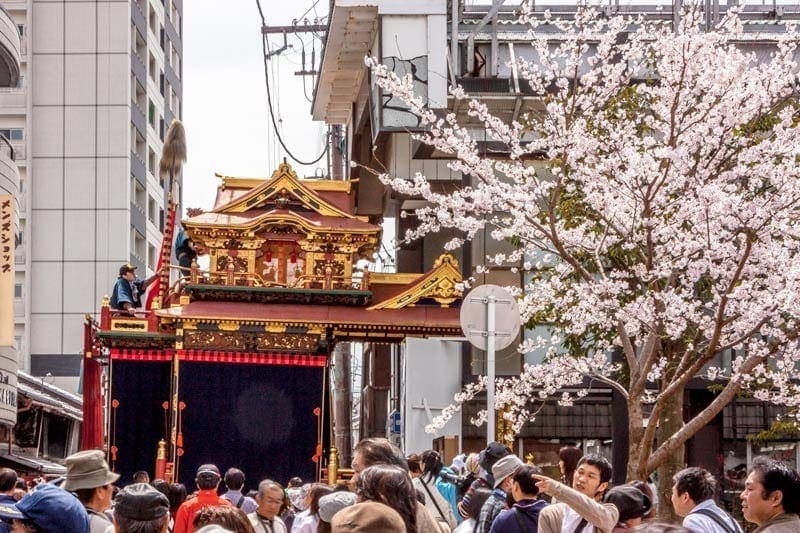

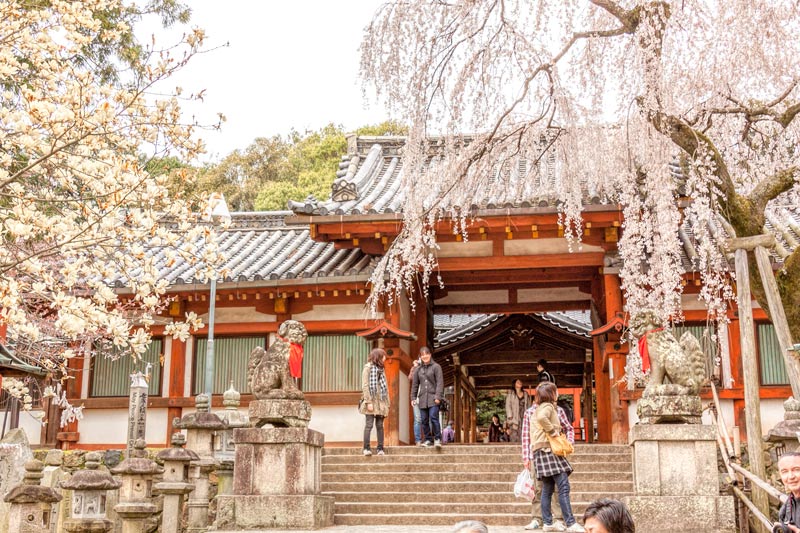
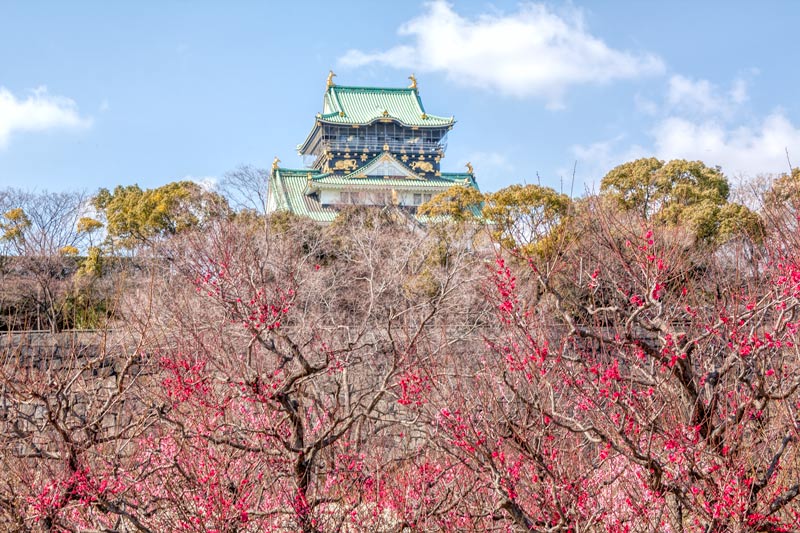
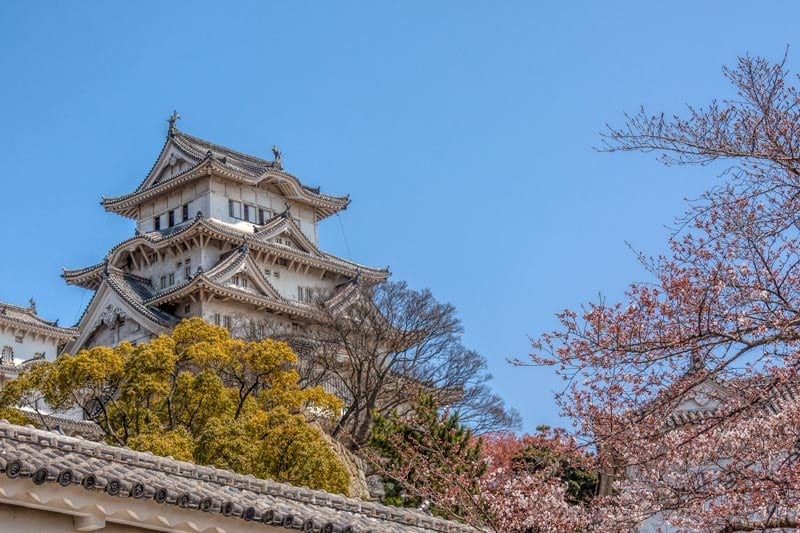
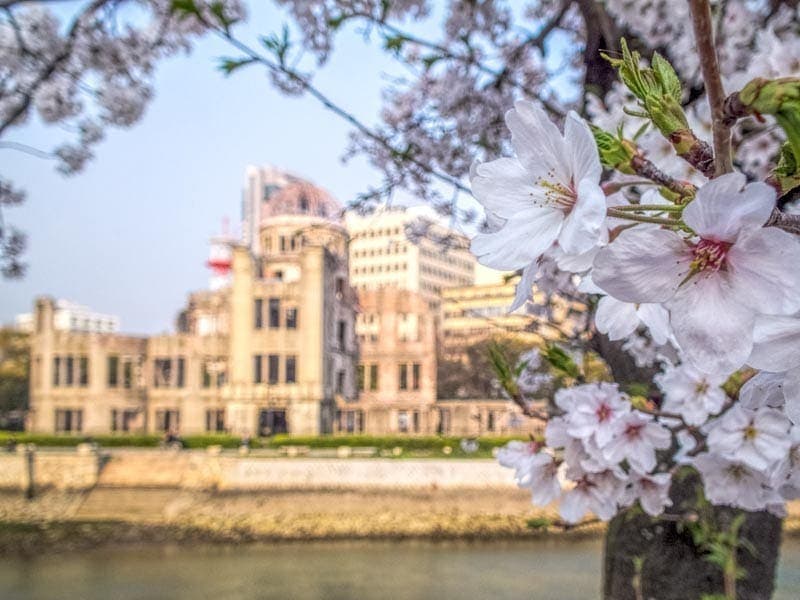
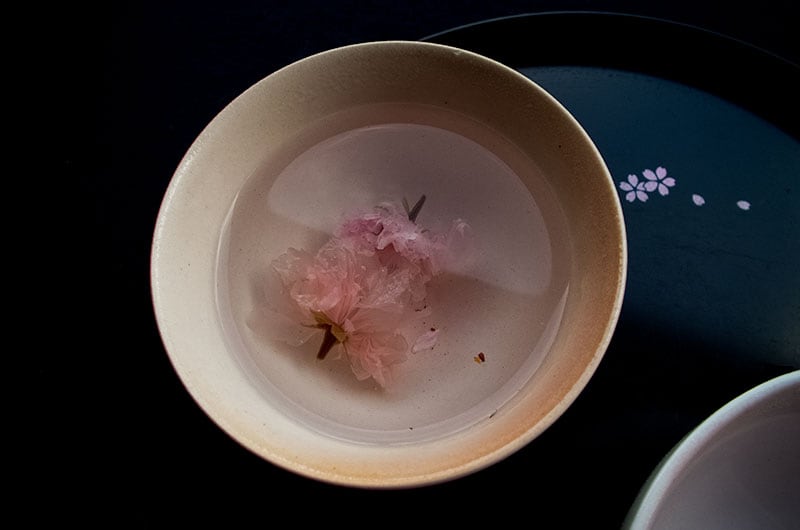
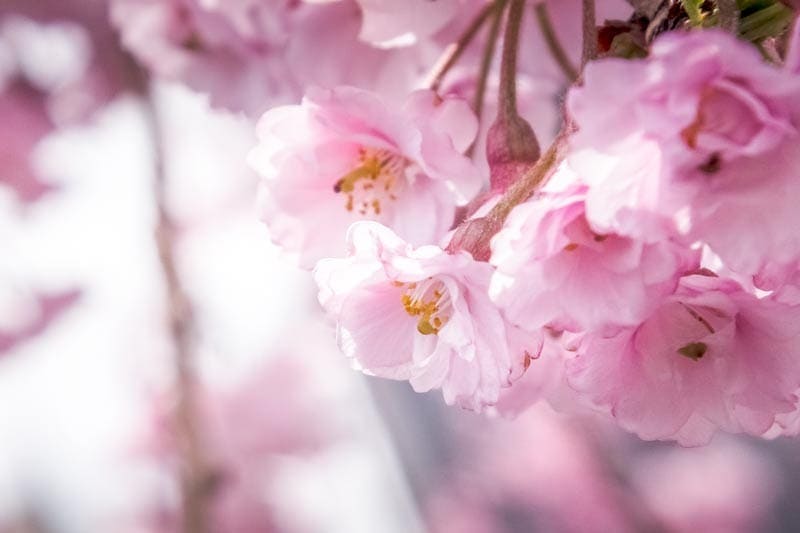
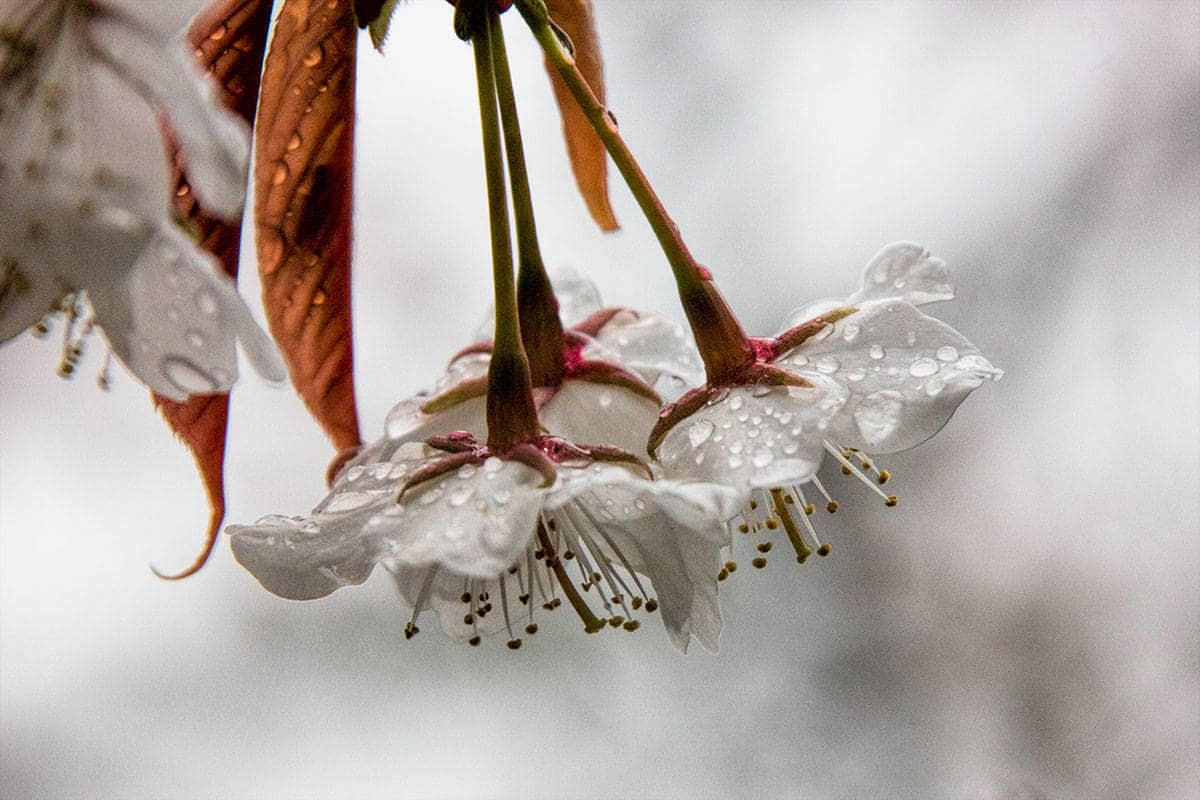
No comments:
Post a Comment